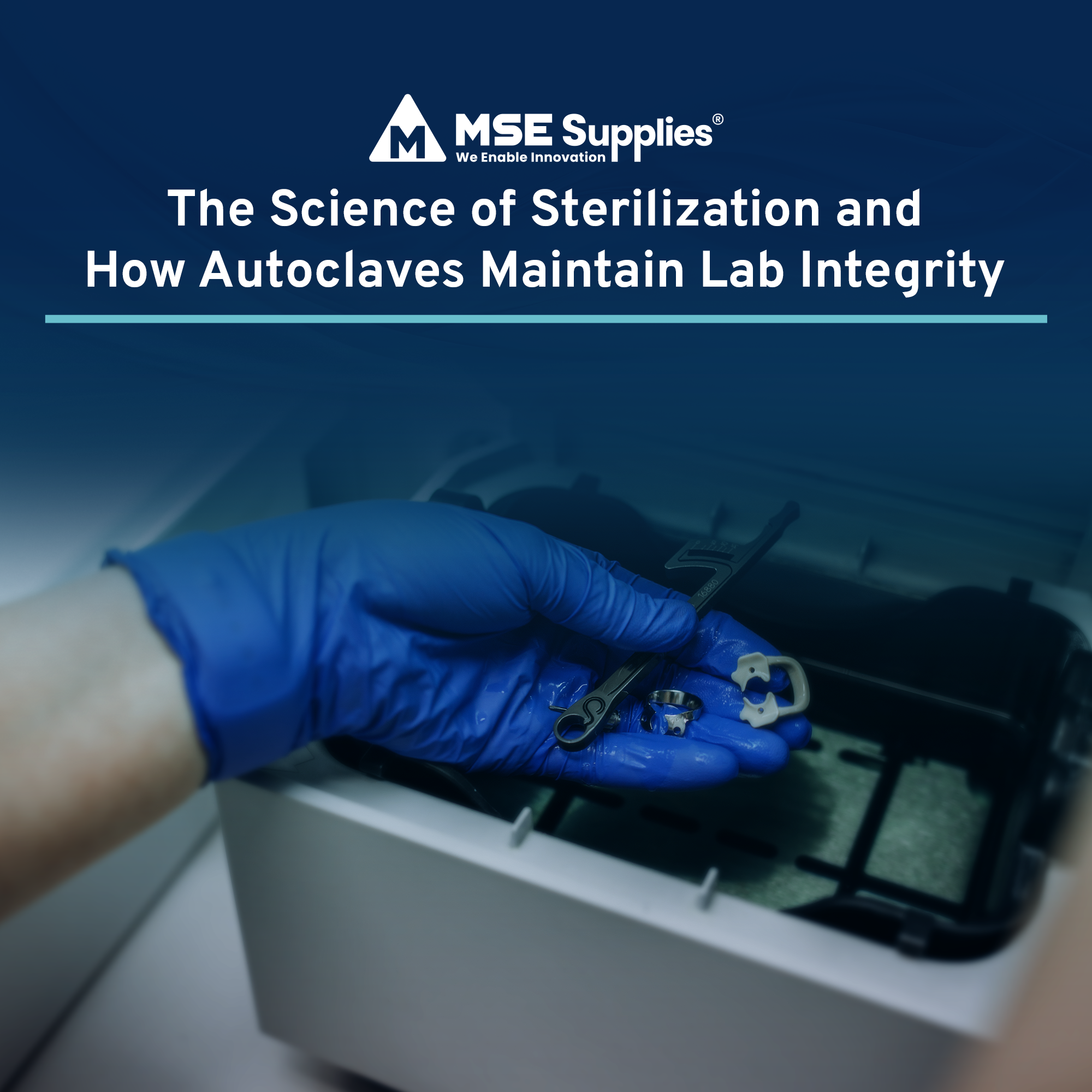JACS: Efficient and Cheap Perovskite Solar Cells Have Been Developed
Posted by MSE Supplies on
Journal of the American Chemical Society published a new paper on April 18, 2016, titled "Exceptional Morphology-Preserving Evolution of Formamidinium Lead Triiodide Perovskite Thin Films via Organic-Cation Displacement".
Perovskites, thin films of crystalline materials, are a promising materials in developing efficient and cost-effective solar cells. Recently, a team of researchers from all over the world demonstrated a method to flip a chemical switch capable of converting one kind of perovskite into another kind - an enhanced light absorber containing improved thermal stability.
The work carried out by researchers from the Chinese Academy of Sciences’ Qingdao Institute of Bioenergy and Bioprocess Technology, the National Renewable Energy Laboratory (NREL) andBrown University featured in the Journal of the American Chemical Society. This study could be a step closer to launching perovskite solar cells in the market.
We’ve demonstrated a new procedure for making solar cells that can be more stable at moderate temperatures than the perovskite solar cells that most people are making currently. The technique is simple and has the potential to be scaled up, which overcomes a real bottleneck in perovskite research at the moment.
Nitin Padture, Professor, School of Engineering, Brown University
In recent years, Perovskites have turned out to be a popular research topic in the solar energy world. In comparison to standard silicon solar cells, Perovskites transform sunlight into electricity in a much better way and are a lot cheaper to develop. The newly developed solar cells have the potential to be partially transparent, so that they can be efficiently used in windows and skylights to generate electricity, or improve the effectiveness of silicon solar cells by utilizing the two in tandem.
Perovskite technology has a number of obstacles to overcome, despite being a promising invention. One such obstacle refers to thermal stability. The perovskite solar cells are currently produced using a specific type of perovskite called methylammonium lead triiodide (MAPbI3). The issue is that MAPbI3 is likely to degrade at moderate temperatures.
Solar cells need to operate at temperatures up to 85 degrees Celsius. MAPbI3 degrades quite easily at those temperatures.
Yuanyuan Zhou, Graduate Student, Brown University
This is not suitable for solar panels that are required to last for many years. There has been an increasing interest in solar cells that utilize a particular variety of perovskite; formamidinium lead triiodide (FAPbI3). Research points out that solar cells based on FAPbI3 are capable of being more thermally stable and efficient than MAPbI3. However, Padture states that it is more difficult to develop thin films of FAPbI3 perovskites than MAPbI3 even at laboratory scale, and it is also more difficult to make them large enough for commercial applications.
Part of the issue is that the molecular shape of formamidinium varies to that of methylammonium. As FAPbI3 crystals grow, they very often lose the perovskite structure that is important to absorb light in an efficient manner.
This latest study demonstrates a simple way around that issue. The team used a few previously developed methods to develop superior quality MAPbI3 thin films. These thin films were then exposed to formamidine gas at 150ºC. Instantly, the material converted from MAPbI3 to FAPbI3while simultaneously preserving the original thin film’s highly significant microstructure and morphology.
It’s like flipping a switch. The gas pulls out the methylammonium from the crystal structure and stuffs in the formamidinium, and it does so without changing the morphology. We’re taking advantage of a lot of experience in making excellent quality MAPbI3 thin films and simply converting them to FAPbI3 thin films while maintaining that excellent quality.
Nitin Padture, Professor, School of Engineering, Brown University
This recent research builds on the earlier work the international researchers have been doing for the past year, using gas-based methods to develop perovskites. These gas-based methods are capable of enhancing the quality of the solar cells when pushed up to commercial proportions. The researchers point out that the potential to switch from MAPbI3 to FAPbI3 highlights the progress toward commercialization.
The simplicity and the potential scalability of this method was inspired by our previous work on gas-based processing of MAPbI3 thin films, and now we can make high-efficiency FAPbI3-based perovskite solar cells that can be thermally more stable. That’s important for bringing perovskite solar cells to the market.
Yuanyuan Zhou, Graduate Student, Brown University
Laboratory scale perovskite solar cells developed using this new technique displayed an efficiency of around 18%, which is not far from the 20 to 25% obtained by silicon solar cells.
We plan to continue to work with the method in order to further improve the efficiency of the cells, but this initial work demonstrates a promising new fabrication route.
Kai Zhu, Senior Scientist, NREL
Other authors on the paper include Mengjin Yang from NREL and Shuping Pang from CAS Qingdao Institute of Bioenergy and Bioprocess Technology. The Department of Energy (DE-FOA-0000990) and the National Science Foundation (DMR-1305913, OIA-1538893) supported the work.
Share this post
- Tags: Energy, FTO, ITO, solar cells





